In this article we discuss the importance of correct pedalling cadence. In June 1999 an article was released in the European Journal of Applied Physiology and Occupational Physiology after a study was performed to determine the influence of pedaling rate on cycling efficiency in road cyclists. Maybe considered old research it still makes some interesting conclusions that are relevant today.
Our training programs are heavily structured around optimising power development across different pedalling cadences. It’s one of the most powerful training tools that we use to develop our clients fitness.
You can also improve your cycling as well by training with cadence. Here is how.
Here are the results:
“Seven competitive road cyclists participated in the study. Four separate experimental sessions were used to determine oxygen uptake (VO2) and carbon dioxide output (VCO2) at six exercise intensities that elicited a VO2 equivalent to 54, 63, 73, 80, 87 and 93% of maximum VO2(VO2max). Exercise intensities were administered in random order, separated by rest periods of 35 min; four pedalling frequencies (60, 80, 100 and 120 rpm) were randomly tested per intensity. The oxygen cost of cycling was always lower when the exercise was performed at 60 rpm. At each exercise intensity, VO2 showed a parabolic dependence on pedalling rate (r = 0.991, all P < 0.01) with a curvature that flattened as intensity increased. Likewise, the relationship between power output and gross efficiency (GE) was also best fitted to a parabola (r = 0.941, allP < 0.05).
Regardless of pedalling rate, GE improved with increasing exercise intensity (P < 0.001). Conversely, GE worsened with pedalling rate (P < 0.001). Interestingly, the effect of pedalling cadence on GE decreased as a linear function of power output (r = 0.98, n = 6, P < 0.001). Similar delta efficiency (DE) values were obtained regardless of pedalling rate
[21.5 (0.8), 22.3 (1.2), 22.6 (0.6) and 23.9 (1.0)%, for the 60, 80, 100 and 120 rpm, mean (SEM) respectively].
However, in contrast to GE, DE increased as a linear function of pedalling rate (r = 0.98, P < 0.05). The rate at which pulmonary ventilation increased was accentuated for the highest pedalling rate (P 0.05), even after accounting for differences in exercise intensity and VO2 (P < 0.05). Pedalling rate per se did not have any influence on heart rate which, in turn, increased linearly with VO2.
These results may help us to understand why competitive cyclists often pedal at cadences of 90105 rpm to sustain a high power output during prolonged exercise.”
Ref: http://www.springerlink.com/content/w01lh456m74q6nwg/
Here is a table of some interesting data on the world hour record. It’s a slide that I love bringing up in my coaching seminars.

While speed, crank length and gears have changed the cadence has remain around 100 RPM.
While this information is not ground breaking it does prove what we have known for years. Cadences around 100 RPM are optimal for road cyclists developing efficient power. Endurance and recreational cyclists can also greatly benefit from 100 RPM cadence drills to help them improve their riding efficiency.
But 100 RPM is only part of the picture. Our training programs are heavily structured around optimising power development across all pedalling cadences. It’s one of the most powerful training tools that we use to develop our client’s fitness. We not only develop efficiency at higher cadences but also at lower cadenced for improved hill climbing.

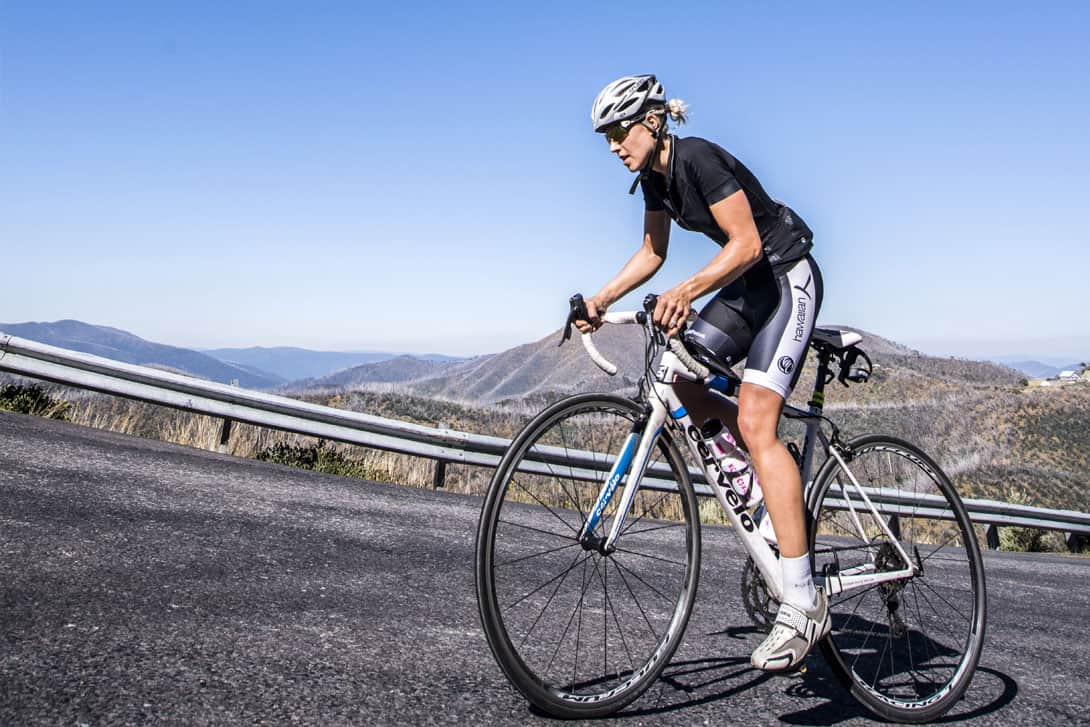
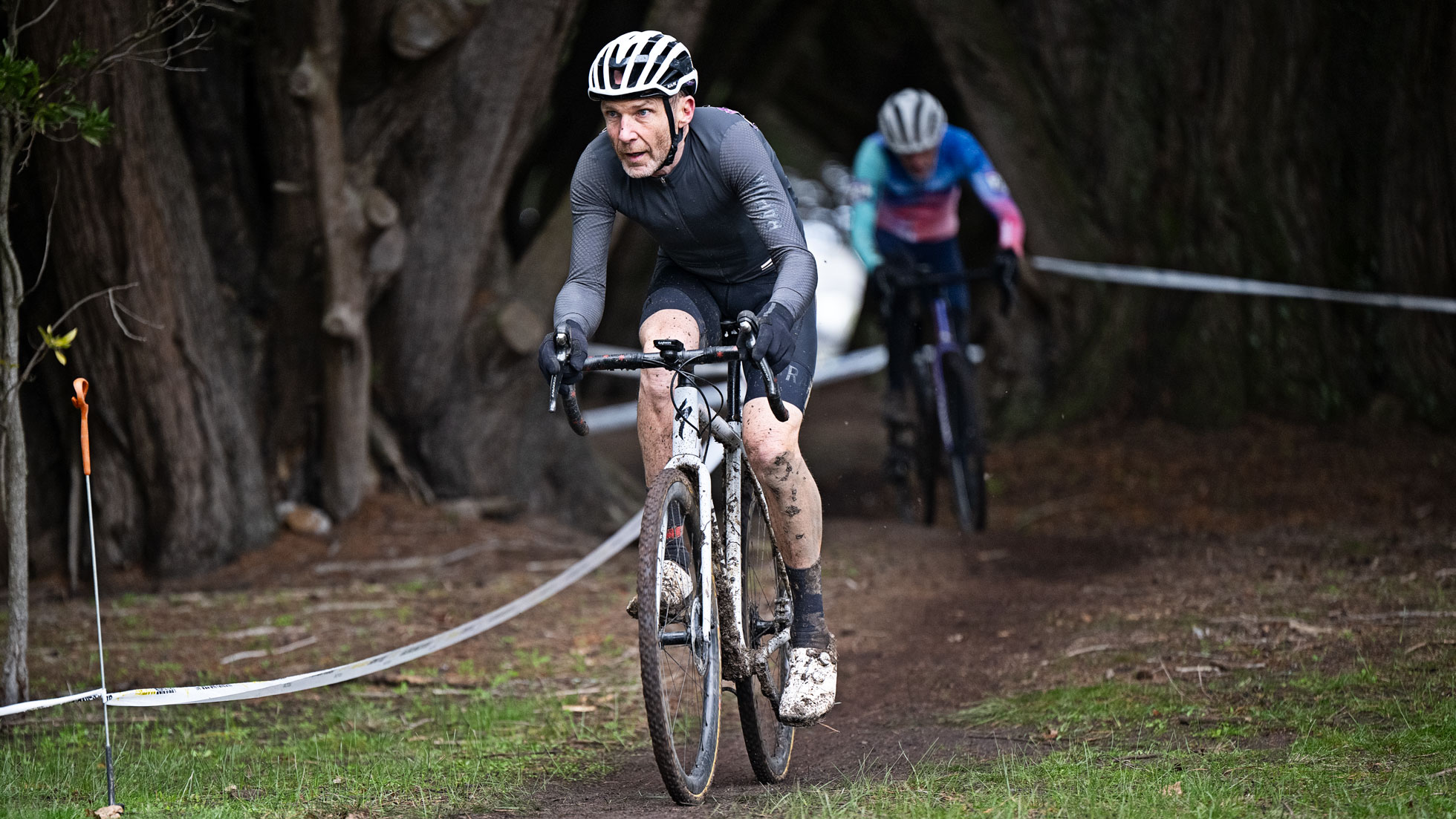
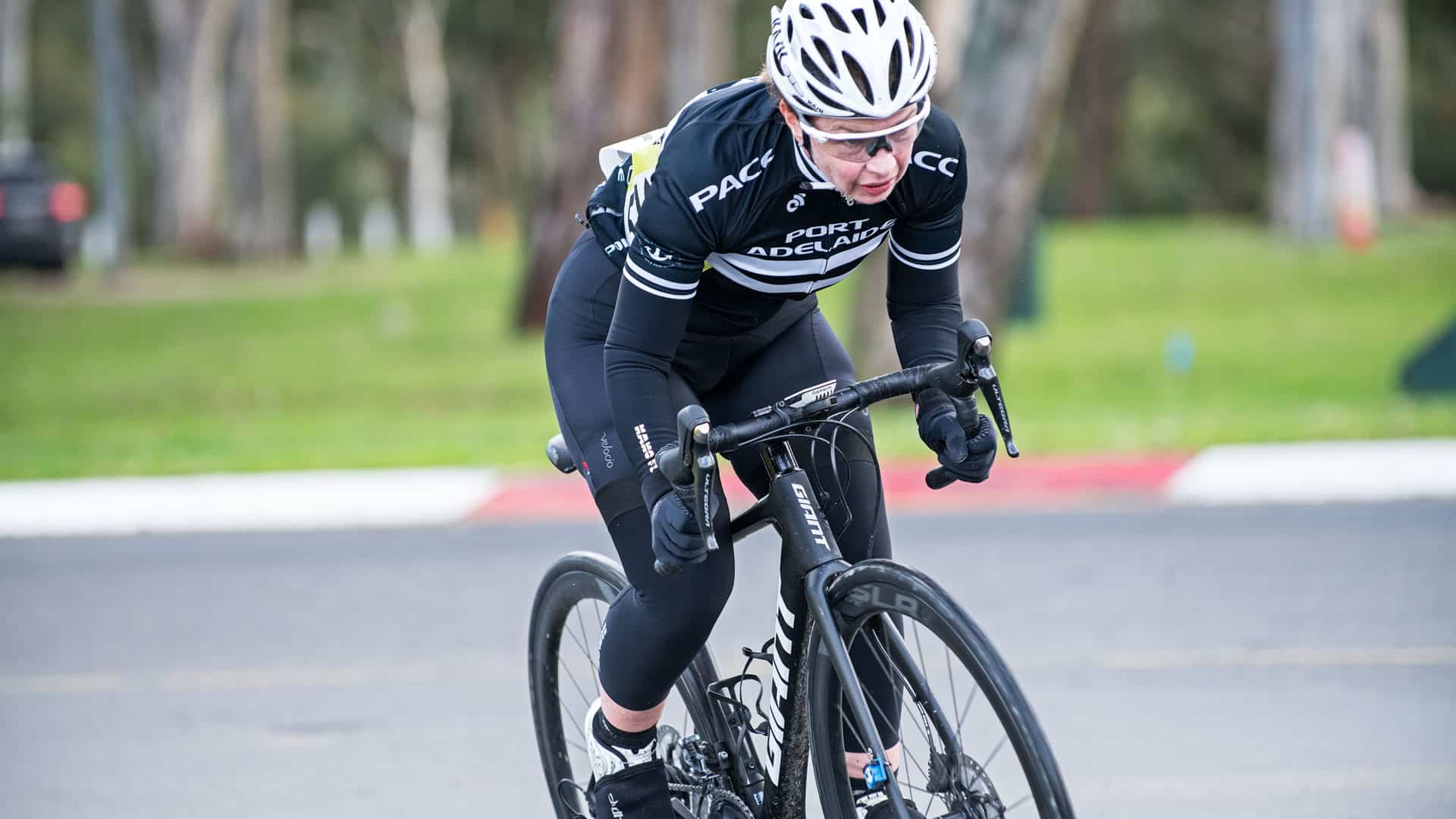
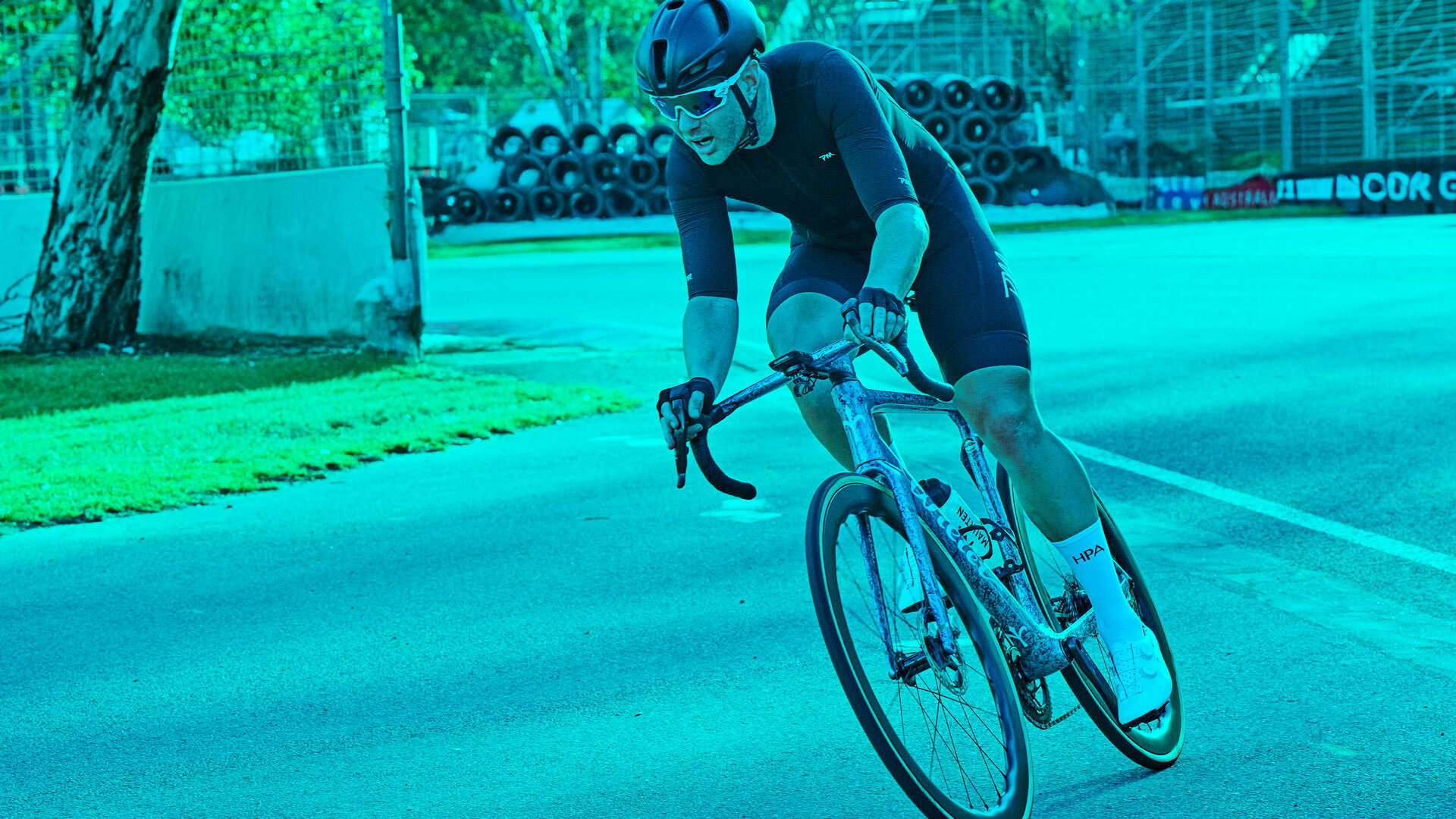
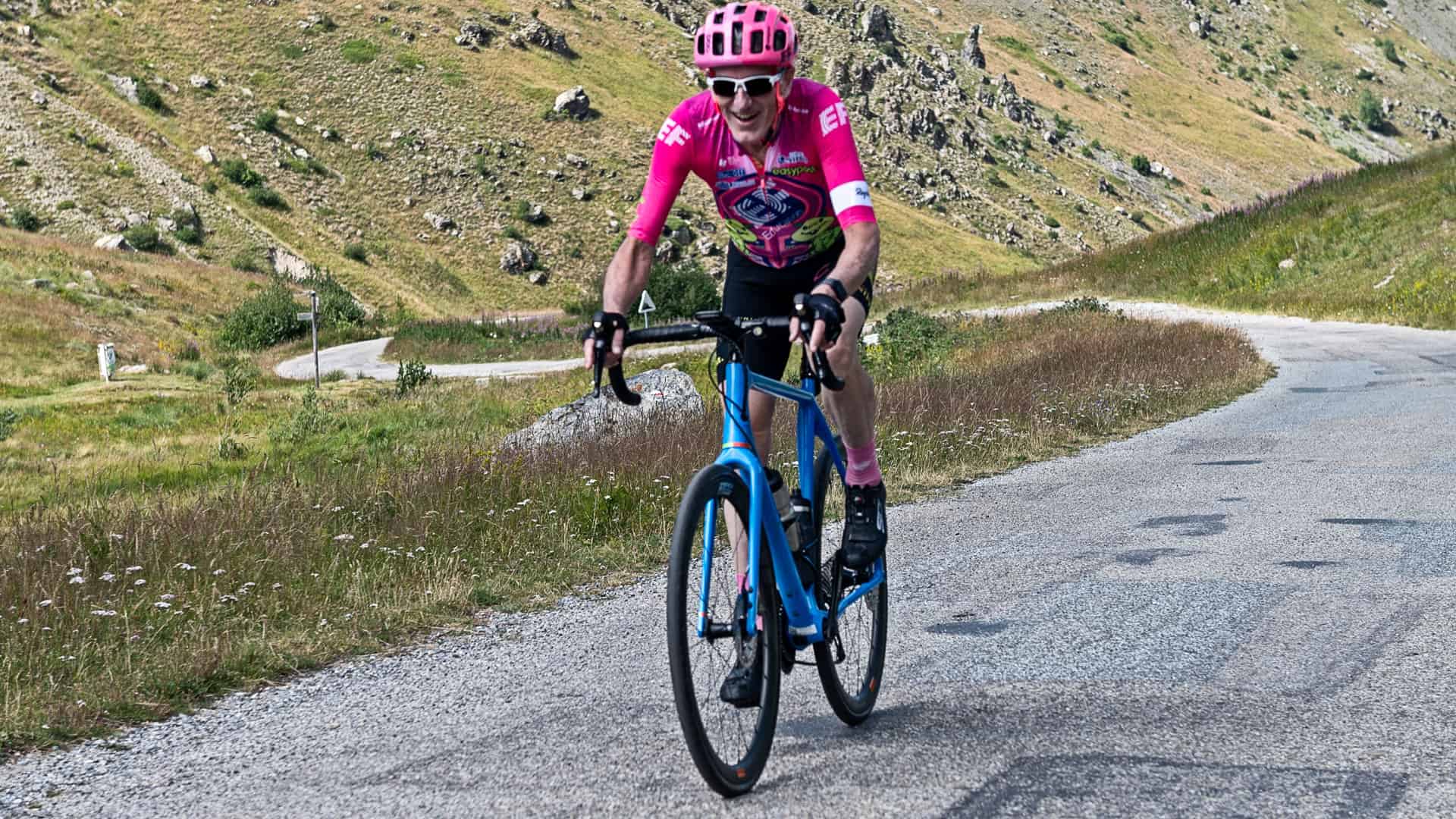
Leave A Comment